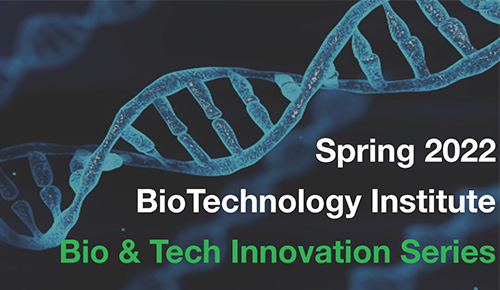
Art Edison
Art Edison
University of Georgia
Unique strengths of NMR metabalomics: In vivo metabolism & improved compound identification
Metabolomics is an important component of systems biology research in biology and biomedicine. Two major technologies are widely used in metabolomics research, mass spectrometry and NMR spectroscopy. Both have their own strengths and weaknesses. Recently, LC-MS has gained in popularity, thanks largely to its high sensitivity and ability to detect 10s of thousands of features.
In this talk, I will highlight some of the unique strengths of NMR metabolomics, most notably approaches to study metabolic dynamics in real-time in cells or microorganisms. I will also discuss the difficulty that the entire field faces in confident metabolite identification and will present recent approaches to better combine NMR with LC-MS and computational chemistry to improve compound identification.
THURSDAY I SEPT. 29 I 3:30-4:30 PM CST I HYBRID SEMINAR






